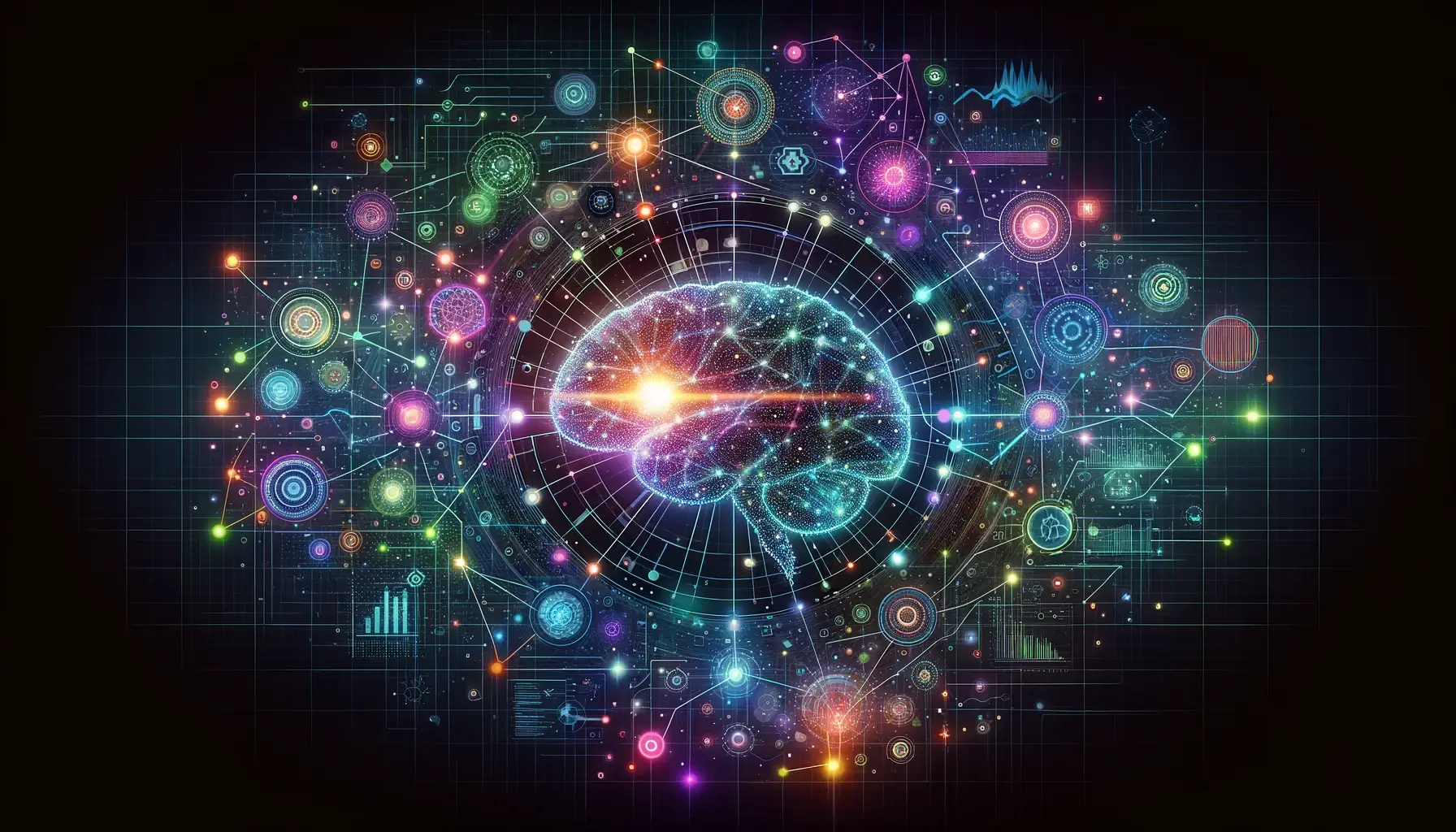Deep Learning, a subset of machine learning, has become one of the most groundbreaking areas in the field of Artificial Intelligence (AI). It’s responsible for some of the most impressive AI achievements, such as self-driving cars, highly accurate speech and image recognition, and even beating humans in complex games like Go. This blog post aims to demystify the basics of deep learning, explaining what it is, how it works, and why it has become such a pivotal technology in AI.
What is Deep Learning?
Deep learning is a machine learning technique that teaches computers to do what comes naturally to humans: learn by example. It is a key technology behind driverless cars, enabling them to recognize a stop sign, or distinguishing a pedestrian from a lamppost. It is the key to voice control in consumer devices like phones, tablets, TVs, and hands-free speakers. Deep learning achieves great accuracy for many tasks and, when trained with a large amount of data, surpasses human performance in some of the tasks it’s designed for.
The Architecture of Neural Networks
At the heart of deep learning is the neural network. A neural network is structured in layers, each layer made up of individual units or neurons. These neurons receive input, process the input, and pass the output to the next layer. The “deep” in deep learning refers to the number of layers through which the data is transformed. More layers allow the network to understand complex patterns and relationships in the data.
Types of Neural Networks
- Convolutional Neural Networks (CNNs): Best known for their use in image recognition and processing, CNNs can automatically and adaptively learn spatial hierarchies of features from images.
- Recurrent Neural Networks (RNNs): Designed to recognize sequences, such as time series data, speech, or text, by processing inputs in sequential steps. They are the foundation of most language processing tasks in deep learning.
- Autoencoders: Used for unsupervised learning tasks, such as feature learning and dimensionality reduction, autoencoders learn efficient representations (encodings) for sets of data, typically for the purpose of dimensionality reduction.
How Deep Learning Works
Deep learning models are trained by using a large set of labeled data and neural network architectures that learn features directly from the data without the need for manual feature extraction. The training process involves adjusting the parameters of the neural networks based on the differences between the actual output and the expected output. This process is repeated over many cycles, or epochs, until the network accurately recognizes the patterns and relationships in the data.
The Role of Big Data and Computational Power
The rise of deep learning in recent years can largely be attributed to two key factors: the availability of massive amounts of data (big data) and substantial increases in computational power. Deep learning algorithms require large amounts of data to learn from, making the explosion of data on the internet a key enabler of deep learning’s success. Meanwhile, advancements in processing power, particularly through the use of Graphics Processing Units (GPUs), have significantly reduced the time required to train complex models.
Applications of Deep Learning
Deep learning has been applied to various domains, revolutionizing industries with its capabilities:
- Image and Video Recognition: From facial recognition in security systems to medical image analysis for diagnosing diseases.
- Natural Language Processing (NLP): Enabling applications like real-time translation, sentiment analysis, and chatbots.
- Autonomous Vehicles: Allowing cars to recognize the environment around them and make informed decisions.
Challenges and Future Directions
Despite its successes, deep learning faces challenges, such as the need for large datasets, the risk of overfitting on complex models, and the “black box” nature of neural networks, which makes it difficult to interpret their decision-making processes. Addressing these challenges, along with ongoing research into more efficient and interpretable models, will shape the future of deep learning.
Deep learning continues to be a vibrant field of research, pushing the boundaries of what machines can learn and accomplish. Its integration into daily technology and industry solutions is just the beginning, with future advancements poised to further transform our world.

